Best internet plans in Australia 2025: compare NBN, 5G broadband, home wireless, and private fibre networks
We've compared NBN, 5G home internet, wireless and private telcos to help you find the right plan

As a home broadband expert, I've found that the best internet plans strike a balance between affordability and high speeds. Choosing a broadband internet plan involves considering various factors, including NBN connection types and alternatives like fixed wireless, satellite, and 5G home internet (not to be confused with 5G mobile coverage).
With many options available, finding the ideal internet plan can take time. Your location will likely be the most significant factor, as not all plans or provider coverage is universally available.
When it comes to common connections in Australia, most homes are serviced by the National Broadband Network, with over 10 million connections accessing fast speeds thanks to the network's fibre. However, that's not the case for all addresses, as fixed wireless broadband or satellite internet might be the best solution for those outside of the NBN's reach.
For some households, ADSL may be the only choice, or you might have the option (or requirement) to sign up to a private telco network due to building or property restrictions.
If you're still struggling to find the right plan, I've compared Australia's best home internet options on this page to help you and your family get the best bang for your buck.
New NBN rivals
Why you can trust Tom's Guide
In case you didn't know, the NBN isn't the only option for getting online in Australia. Several NBN alternatives could be a better option for you and your home. These include 5G home internet, which uses one of Australia's various 5G mobile networks to get you connected. In some cases, 5G could offer faster download speeds than what you can achieve through a fixed-line NBN connection.
Another option is going with a company like GigaComm or Opticomm, which are privately-owned fibre optic cable networks that deliver superfast — and perhaps most importantly, consistent — internet speeds. The main downside to these networks is that they're currently only available in limited parts of the country.
And, as previously mentioned, another option is satellite internet. NBN already has its own version of this, in the form of Sky Muster, but global provider Starlink is now available nationwide. Because of the technology used by Starlink and the much closer proximity of its satellites to the Earth (compared to Sky Muster), Starlink promises quicker, more consistent speeds for those who wish to use the internet service.
NBN
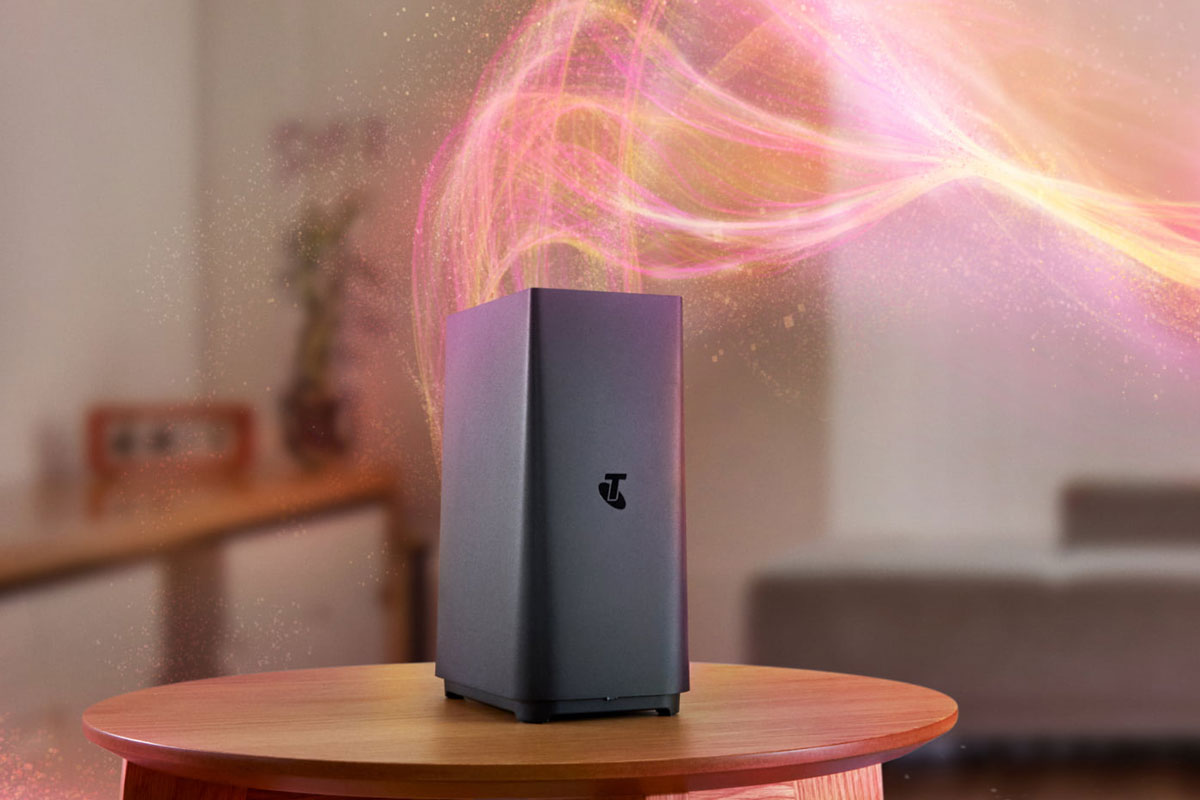
NBN is the National Broadband Network and the primary method Australians use to connect to the internet. NBN is accessed via both wired and wireless mediums, and within the wired medium, there are five different connection types which will dictate the maximum download speeds you're capable of achieving.
An NBN plan is generally a fine option for homes that require a stable internet connection, and for carrying out tasks such as online gaming or streaming 4K content. Homes with a high number of devices connecting to the internet also need a fast, stable internet connection and this is where the NBN can prove to be the most effective option.
5G home internet
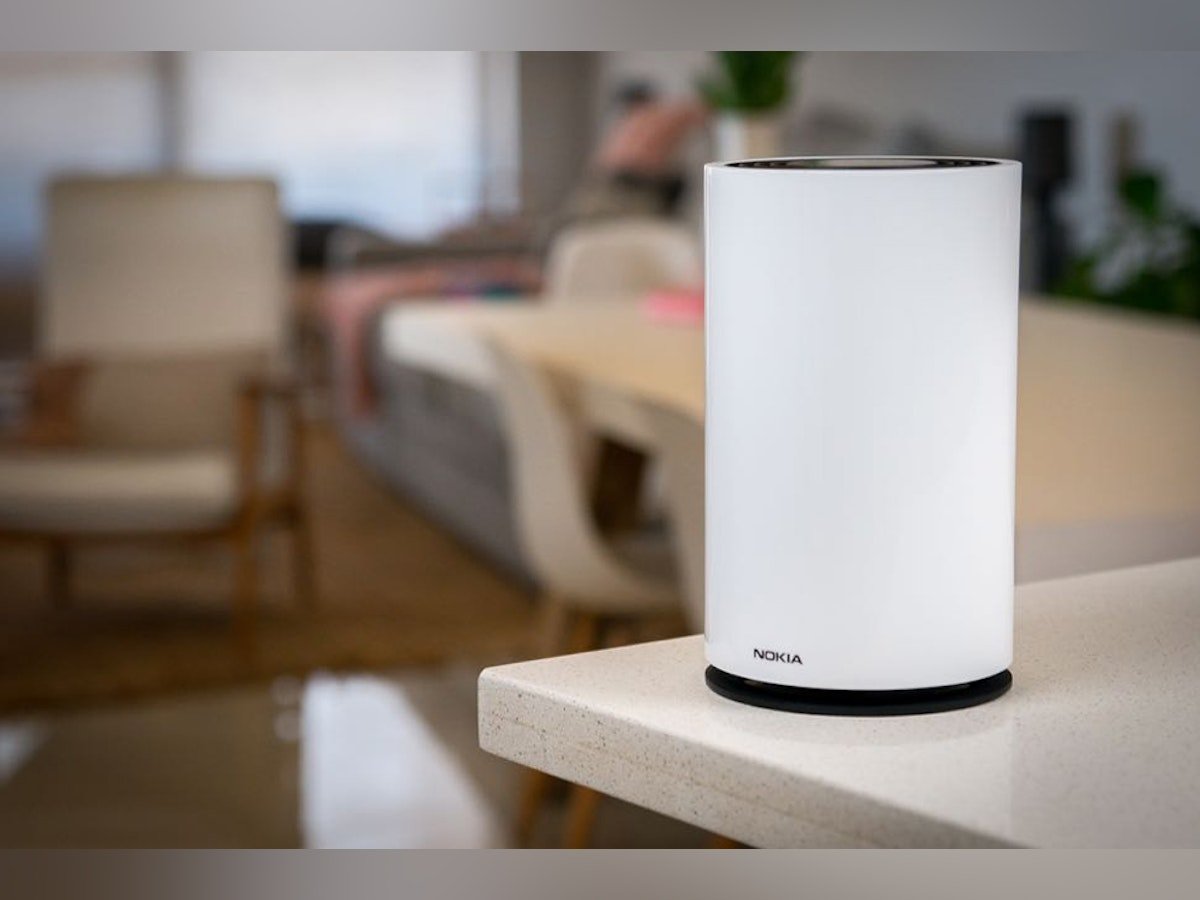
While it works on a similar principle, 5G home internet isn’t the same as 5G mobile internet that you get on your smartphone. The best 5G home internet plans have the potential to offer lightning-fast download speeds, although the current reality suggests only speeds of up to 400Mbps are achievable. Various factors, such as network coverage and interference can have a dramatic effect on the speeds you experience.
One of the biggest upsides to 5G home internet is that it is much easier to install than NBN. This is because, by its very nature, it's wireless and so doesn’t require a physical wired connection. All you need to do is plug the supplied modem into a power outlet and wait for it to connect to a nearby 5G tower.
But, this is also where the downsides crop up, as 5G internet relies on having a strong connection to cellular towers nearby. It therefore isn’t yet available in all areas of the country, and inner city locations have been prioritised over regional.
Fixed-wireless internet
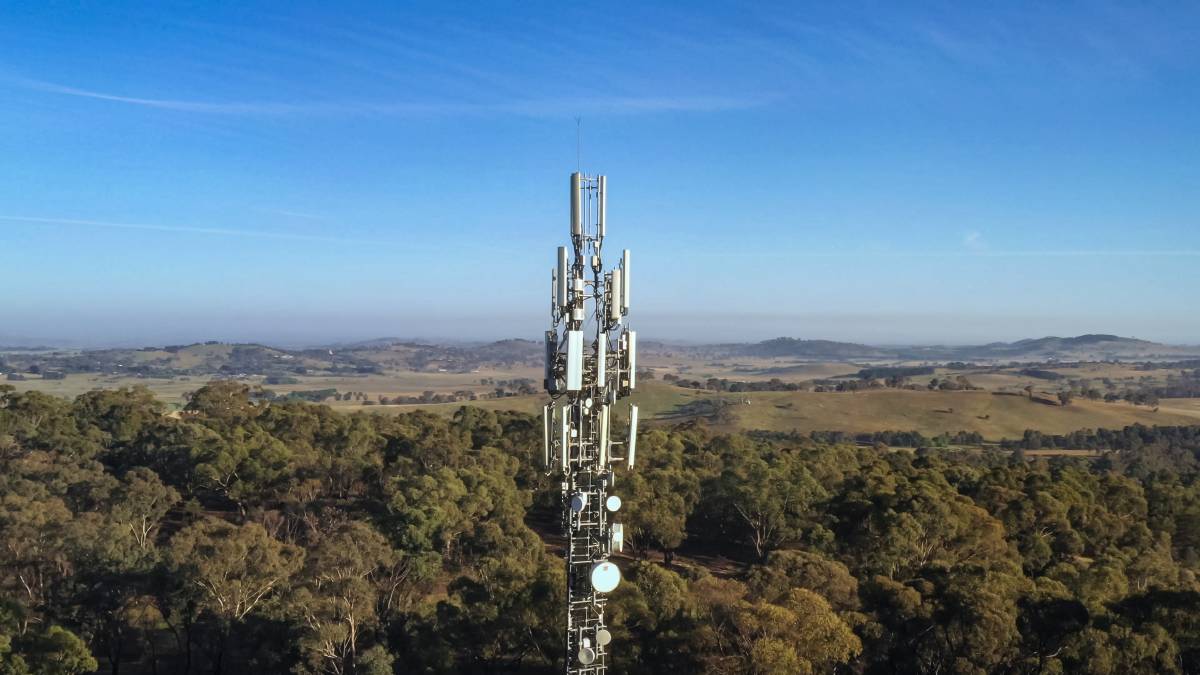
Fixed wireless internet plans connect premises in regional and remote areas of Australia to the NBN. This is achieved by installing an outdoor antenna on a premises (usually on the roof), which connects to an NBN device installed inside the property, which then connects to a telco-supplied modem. This then connects to a local base tower via 4G LTE.
Download speeds on fixed wireless home internet connections currently range from 12Mbps to 75Mbps, but environmental factors and network congestion will play a huge role in determining the actual speed you achieve. Providers of fixed wireless internet aren't required to self-report typical evening download speeds.
Fixed wireless home internet is a good option for households in rural areas that don’t have access to either 5G networks or the main fixed-line NBN infrastructure. NBN has also said that if your home is eligible to receive a fixed wireless internet connection, then it won't be eligible for its Sky Muster satellite service.
Satellite internet
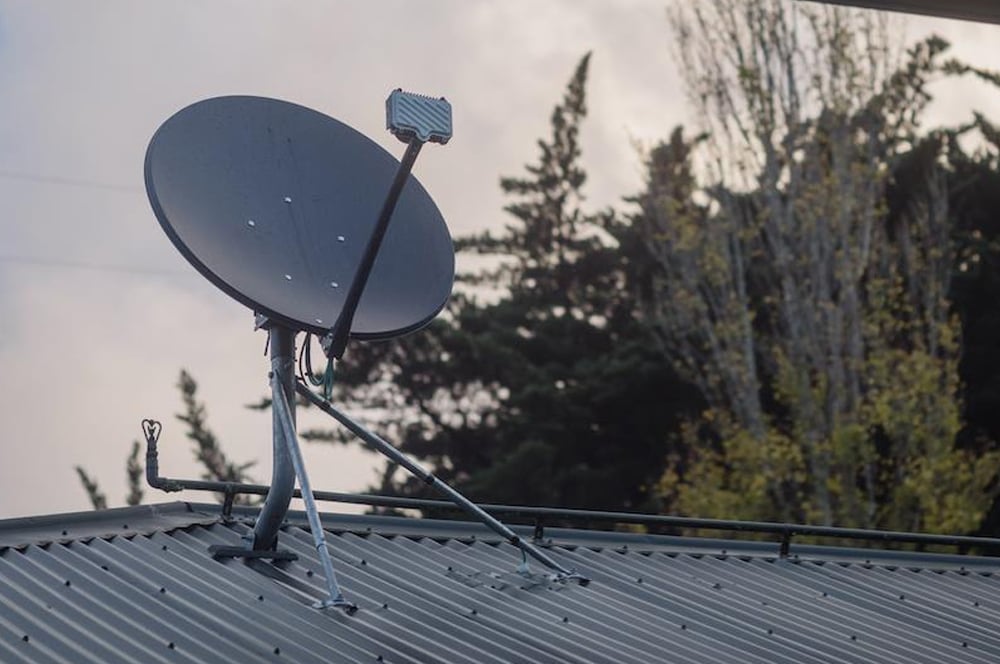
A satellite internet plan uses, you guessed it, space-based satellites to get an internet connection into your home. Satellite internet plans are predominantly targeted at Australians in rural areas, where neither fixed-line or fixed-wireless internet connections are available.
Currently there are just two main providers of satellite internet plans in Australia: NBN, with its Sky Muster satellites, and Starlink, the worldwide internet solution from Elon Musk’s SpaceX. Starlink is now accessible nationwide, for all Australians.
Private telco networks
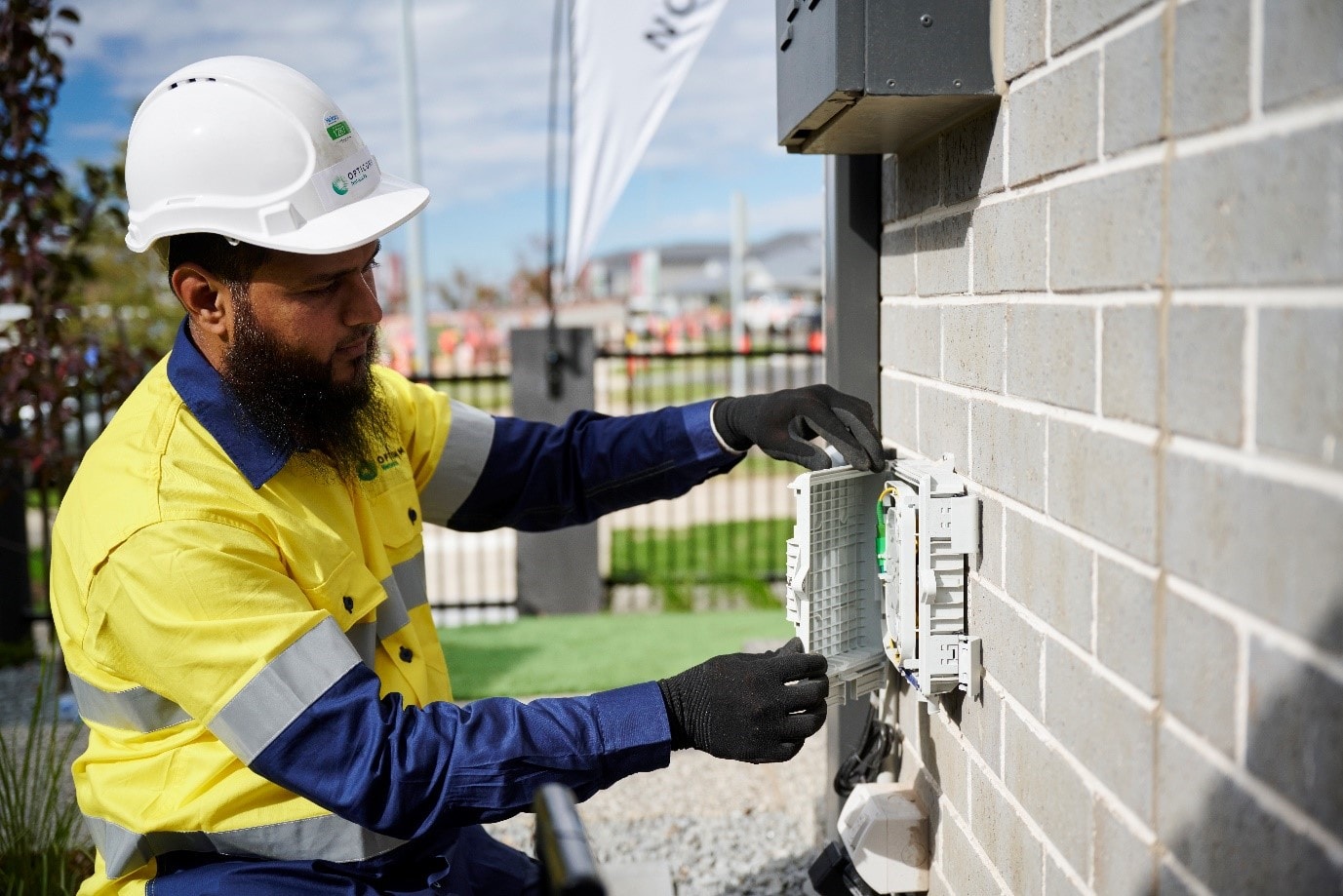
Private telco networks refer to companies such as GigaComm, OptiComm and Vocus (Vocus is targeted more at business customers rather than residential). These companies have installed their own optical fibre cabling and/or networking infrastructure in certain areas of Australia and offer applicable customers an alternative to (or replacement for) a high-speed NBN connection.
In most instances, customers can realistically reach download speeds of up to 1Gbps on these networks and, because fewer people will be using the private telco network infrastructure compared to NBN, these speeds can remain more consistent.
The main downside to private telco networks is their current limited availability. For now, most can only be found in select suburbs and within these, are predominantly installed in new or recently developed apartment blocks or housing estates.
ADSL
ADSL is the connection many of us had to make do with before NBN was rolled out in Australia. ADSL uses copper cabling to transmit data and there are three versions available: ADSL, ADSL2 and ADSL2+.
ADSL home internet is much slower than NBN, with the fastest version, ADSL2+ only capable of speeds up to 24Mbps. Very few internet service providers in Australia continue to support ADSL, as the copper cables used have been (or are due to be) cut off, to make way for the faster fibre optic cables of NBN.
Telstra is the last remaining major provider of ADSL in Australia, and is only one of six telcos in total that continue to provide the service. Because ADSL is pretty scarce in Australia, monthly fees for it have risen considerably, with plans now starting from AU$59p/m, making it more expensive than NBN in some instances.
Internet plans FAQ
How do I check what internet plans are available at my house?
To check which NBN connection type you have at your address, head to the NBN Co website. If you want to check to see if you can access one of the private telco networks or for 5G network coverage in your area, follow the links below.
• Check OptiComm
• Check GigaComm
• Check Telstra 5G coverage
• Check Optus 5G coverage
• Check TPG 5G coverage
• Check Vodafone 5G coverage
• Check iiNet 5G coverage
What internet speed should I get?
All NBN and private telco network internet plans are available with different download speeds, so determining the internet speed that’s best for you will depend on some combination of how many people live at the premises and how intensively they use the internet. For more information on which NBN speed is best for you, check out our in-depth guide.
Do I need a special modem?
In a word, yes. But the modem you require will be dependent on the connection type you have at your premises. When signing up to a new internet plan, your internet service provider should offer you the chance to buy a compatible modem/router through them – some provide a free unit if you stay connected for a set period (usually 24-36 months).
But some other ISPs work on a ‘bring-your-own’ basis, which means you need to buy your own modem.
Get instant access to breaking news, the hottest reviews, great deals and helpful tips.

Lucy Scotting is a digital content writer for Tom’s Guide in Australia, primarily covering NBN and internet-related news. Lucy started her career writing for HR and staffing industry publications, with articles covering emerging tech, business and finance. In her spare time, Lucy can be found watching sci-fi movies, working on her dystopian fiction novel or hanging out with her dog, Fletcher.
